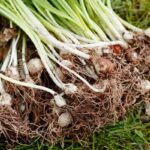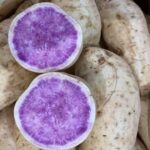In the lush land of Hoa Binh, where villages nestle amidst majestic mountains, a unique vegetable has emerged as a distinctive delicacy: wild jackfruit tree leaves. Known as “rau mit rung” in Vietnamese, this vegetable offers not just a bountiful source of food but also embodies a connection to nature and the essence of regional cuisine. Join us as we delve into the wonders of this fascinating ingredient.
1 What is Wild Jackfruit Tree Leaves Vegetable?
Wild jackfruit tree leaves vegetable, also known as “cay re,” “mit mi,” and belonging to the Moraceae family, is a unique natural food in the culinary culture of the Muong ethnic group in Hoa Binh province. Initially, wild jackfruit tree leaves vegetable grew wild in sparse forests, and only water buffaloes fed on it.
However, locals eventually sampled it and discovered its delightful flavor, leading to its incorporation into their daily meals. Moreover, some began cultivating this plant on hills and in home gardens to ensure a steady supply. Wild jackfruit tree leaves vegetable is now commercially available, fetching prices ranging from 60,000 VND/kg ($2.58 USD/kg).
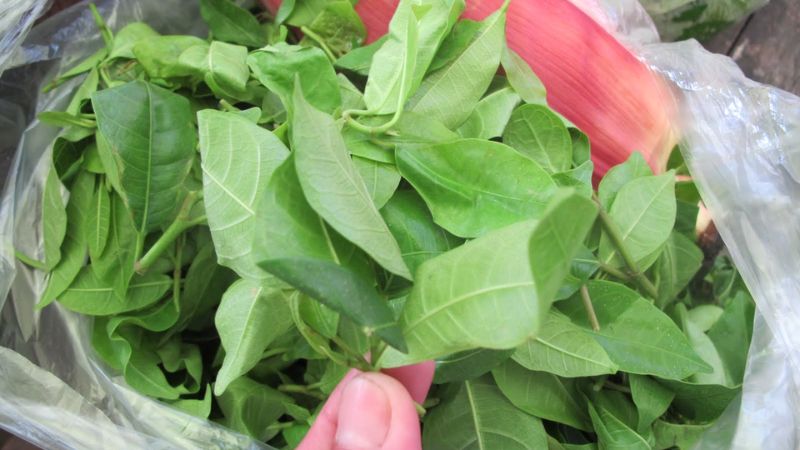 What are Wild Jackfruit Tree Leaves Vegetable?
What are Wild Jackfruit Tree Leaves Vegetable?
2 Benefits of Wild Jackfruit Tree Leaves Vegetable
When consuming wild jackfruit tree leaves vegetable, people typically harvest the young shoots, which are packed with essential nutrients, including protein, fiber, vitamins, and minerals. These compounds bestow numerous benefits upon those who partake, encompassing anti-inflammatory and antibacterial properties, positive impacts on the body’s oxidation process, and support for cardiovascular and liver health.
 Benefits of Wild Jackfruit Tree Leaves Vegetable
Benefits of Wild Jackfruit Tree Leaves Vegetable
3 Delicious Dishes with Wild Jackfruit Tree Leaves Vegetable
Wild jackfruit tree leaves vegetable shines when combined with various ingredients to create flavorful dishes. Depending on individual preferences, one can adjust the bitterness by adding more rau dom and la lot leaves or enhancing the sweetness with extra wild jackfruit tree leaves. For a more luxurious dish, consider stir-frying wild jackfruit tree leaves with mushrooms exclusively.
Generally, stir-frying wild jackfruit tree leaves with meats like veal, goat, or duck yields delectable results. This vegetable has even caught the attention of upscale restaurants! It’s not just locals who adore this ingredient; foreign tourists, including those from South Korea and Western countries, have also fallen in love with dishes featuring wild jackfruit tree leaves vegetable.
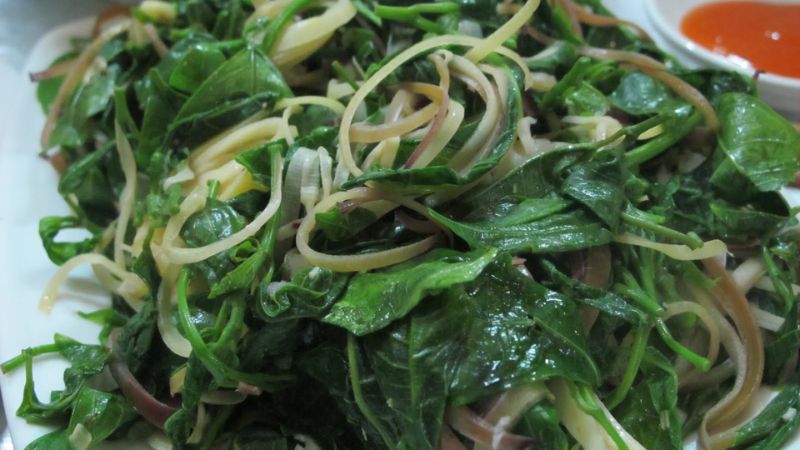 Delicious Dishes with Wild Jackfruit Tree Leaves Vegetable
Delicious Dishes with Wild Jackfruit Tree Leaves Vegetable
4 Easy Way to Grow Wild Jackfruit Tree Leaves Vegetable
Historically, locals would venture into forests or hills to gather wild jackfruit tree leaves vegetable for cultivation. However, due to overharvesting, this plant has become less prevalent in its natural habitat. To address this issue, locals devised a method to propagate the vegetable through cutting techniques.
The cutting technique is similar to those used for cultivating flowers and ornamental plants. Nevertheless, the survival rate of this plant is relatively low due to the presence of latex, especially during the cold season.
Once the plant establishes itself, it tends to thrive with minimal care. For optimal growth, consider the following guidelines:
- Soil: Opt for well-drained, nutrient-rich, and airy soil.
- Light: Wild jackfruit tree leaves vegetable thrives in ample sunlight, so ensure it receives sufficient light.
- Fertilizer: To boost growth, use chicken, buffalo, or cow manure as fertilizer. Maintain regular watering while avoiding waterlogging. Notably, wild jackfruit tree leaves vegetable typically exhibits strong disease resistance, negating the need for pesticides or other treatments.
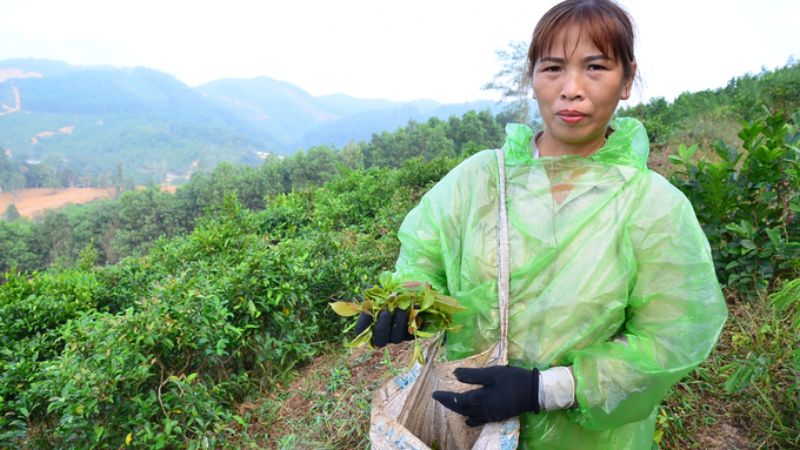 Easy Way to Grow Wild Jackfruit Tree Leaves Vegetable
Easy Way to Grow Wild Jackfruit Tree Leaves Vegetable
From its distinctive flavor to its economic and cultural significance, wild jackfruit tree leaves vegetable has captivated both gastronomes and culinary researchers alike. We hope that through this article, you’ve discovered a valuable new vegetable and are inspired to incorporate it into your future culinary creations.

























